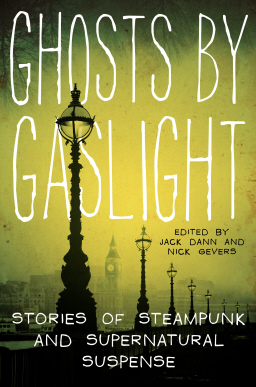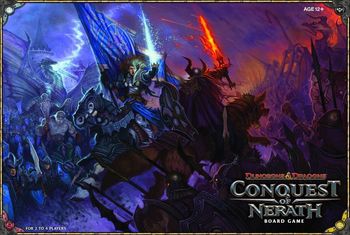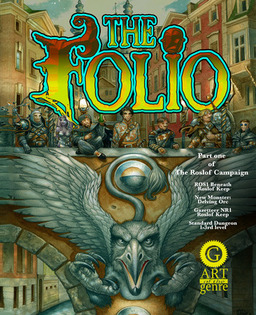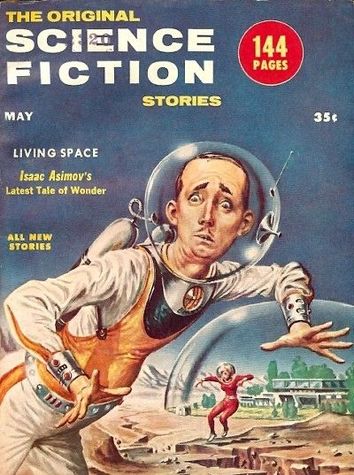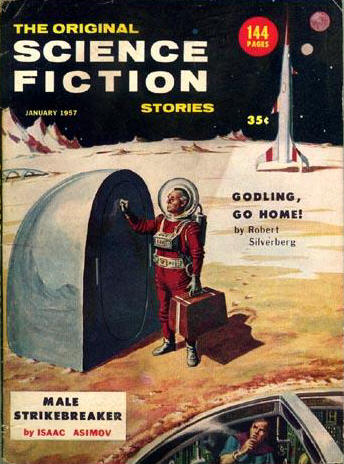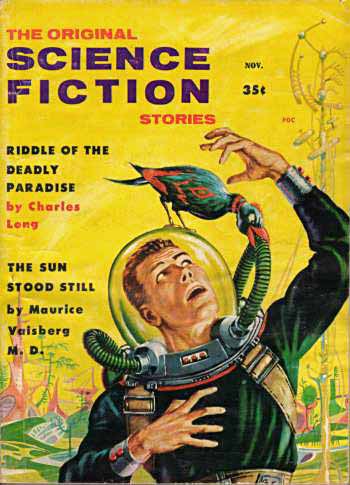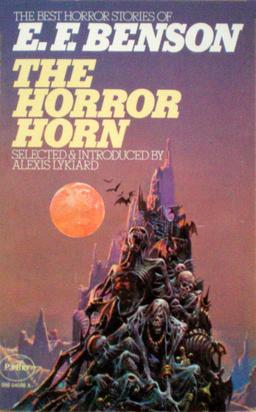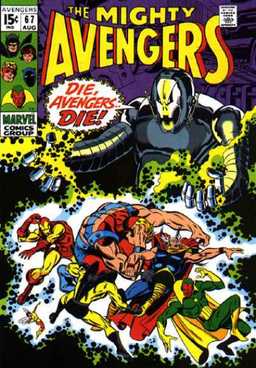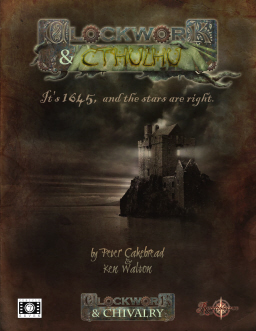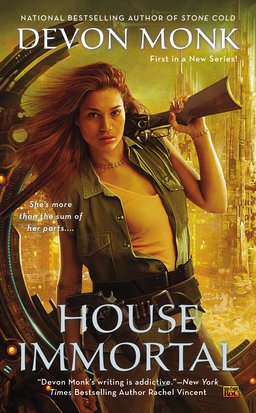See a 1942 Pulp Magazine Rack in All Its Glory
The Shorpy Historic Picture Archive, a terrific photo blog which posts vintage high-definition pics from the 1850s to 1950s, has posted an absolutely gorgeous picture of a 1942 magazine rack, crammed to overflowing with pulp magazines, slicks, comics, and much more. It’s a reminder of what newsstands were like in the heyday of the pulps. Visible in the (much reduced) image above are Astounding, Planet Stories, Famous Fantastic Mysteries, Future, Fantastic Adventures, and nearly a hundred others.
What’s truly unusual about this image is that it’s in color. The original image, however, is black and white — the finished product was hand colorized after nearly a year of painstaking detective work, matching the pulp images in the racks (sometimes barely visible) to actual covers. See the complete tale of the research involved here, and see the astounding high-resolution original (all 4.2 million pixels) here.

